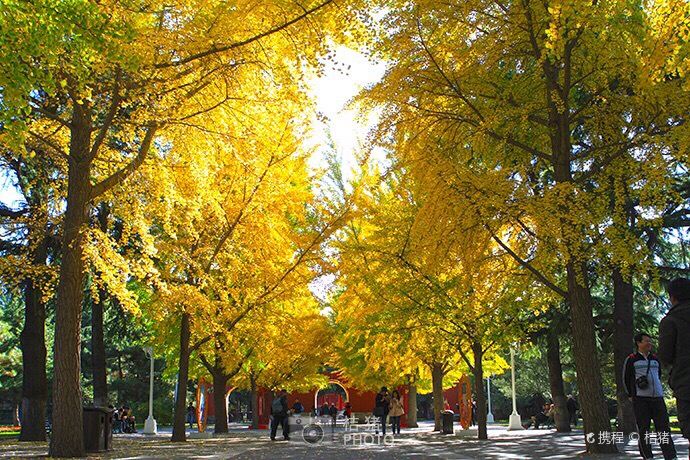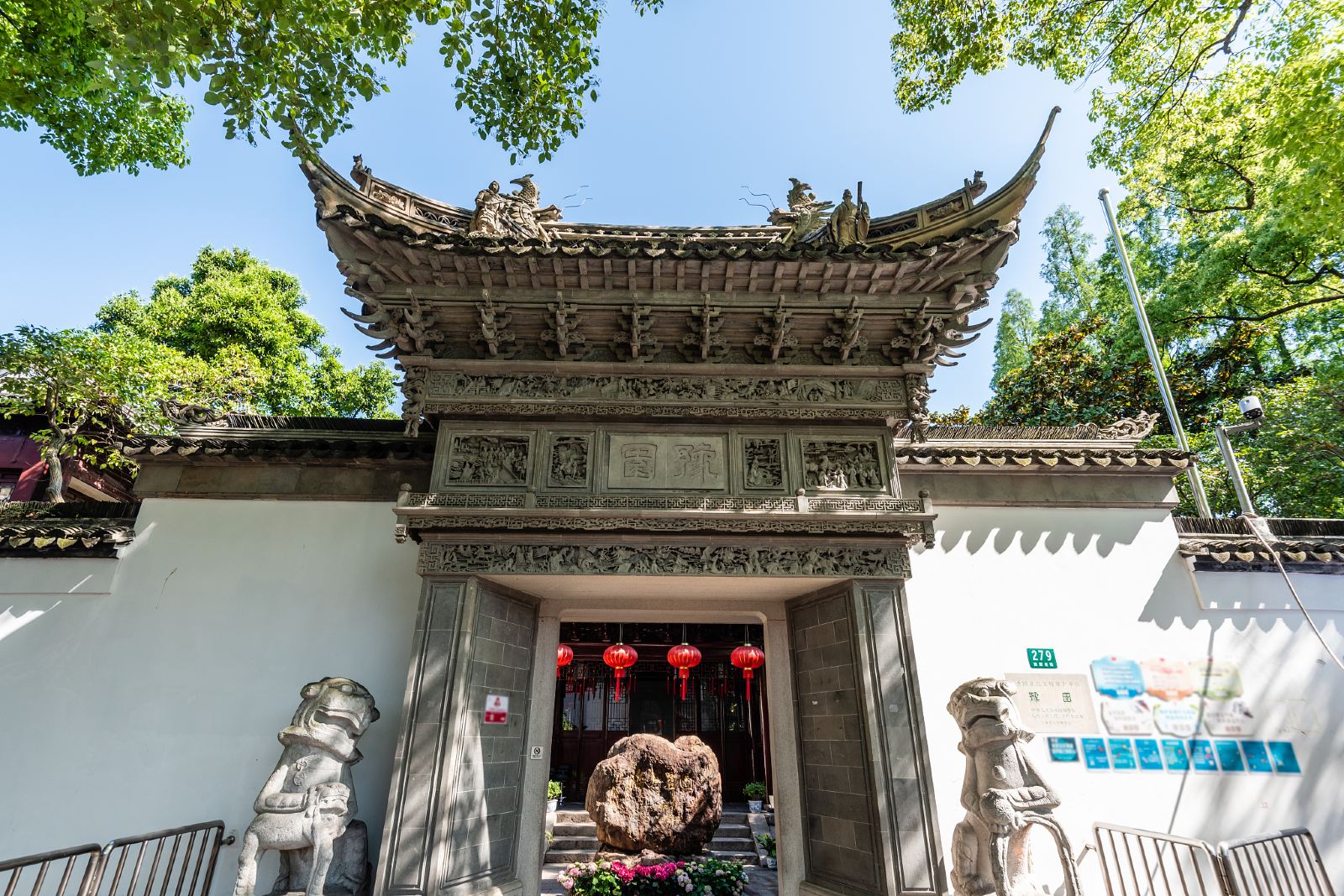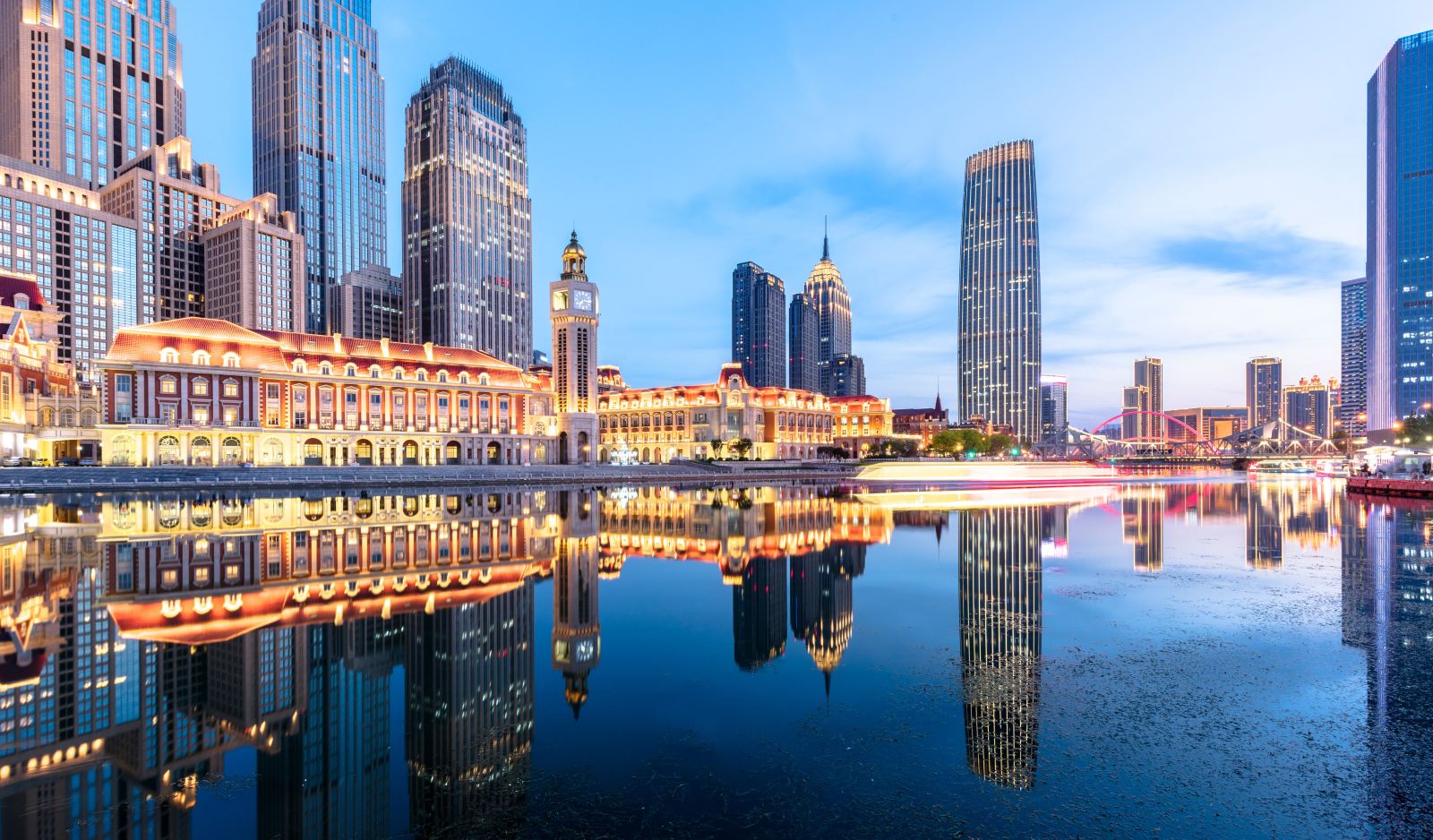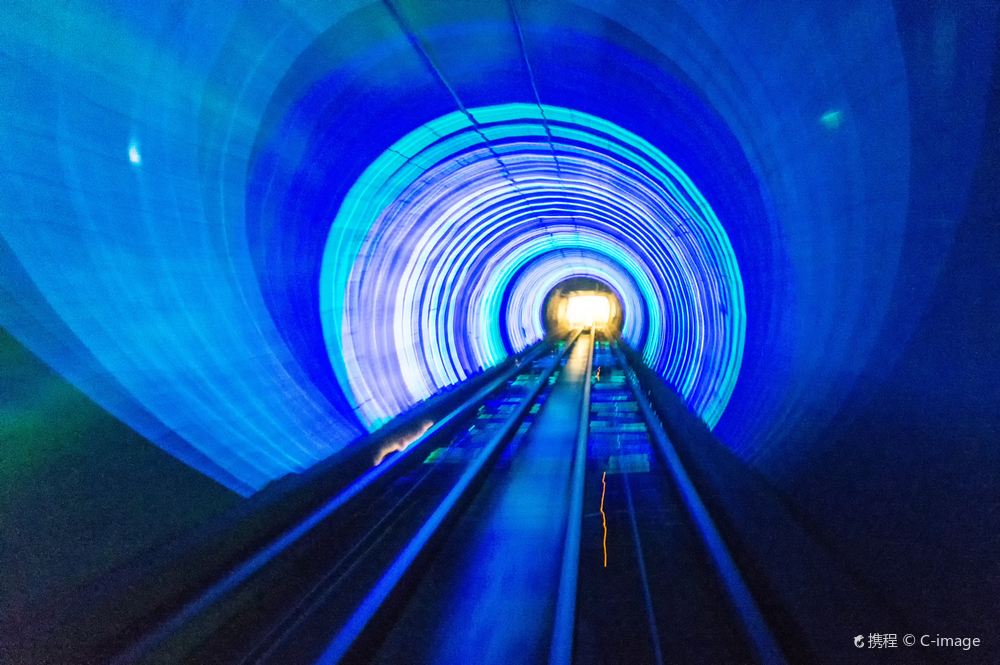Chongqing Dazu Rock Carving
- Province/Area:ChongQing
- Address:No.1, Bashoyuan, Changbin Road, Yuzhong District, Chongqing
- Distance from the city center:78.3km
- Open time(Beijing time)09:00-18:00 open£¨17:00 last admission£©
- Ticket price: 110 CNY
- Tel:86-023-63930287,023-63914697
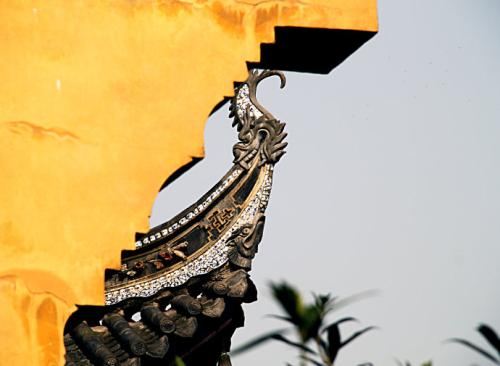
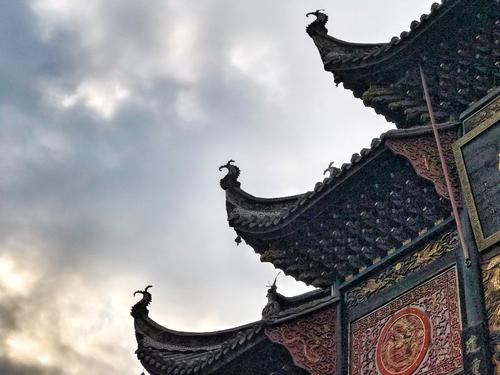
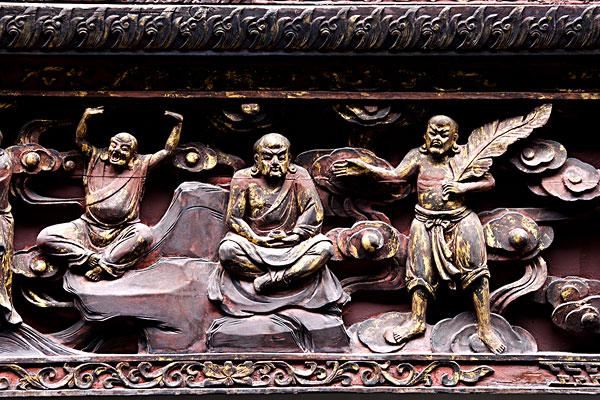
Introduction
The Huguang Guild Hall is located in ChongqingYuzhong District, on the side of the ancient Dongshuimen on the banks of the Yangtze River. It is composed of three major guild halls surrounded by high walls: Yu Wang Gong, Qi’an Guild Hall, and Guangdong Guild Hall.The Huguang Guild Hall in Chongqing was built during the Qianlong period of the Qing Dynasty. It has a history of nearly 300 years and has undergone continuous reconstruction and expansion from the Qianlong period to the Guangxu period to become what it is today. At the end of 2003, the Chongqing Municipal Government and Yuzhong District Government invested nearly 200 million yuan to carry out protective restoration of the core building complex of the Huguang Guild Hall, which was completed in September 2005.The central area of the guildhall covers an area of 18,418 m2. As a guildhall for merchants and industrialists in Chongqing built by foreign officials, gentry and scholars with funds raised during the reign of Emperor Kangxi of the Qing Dynasty, it is a large and well-preserved ancient guildhall complex in China.Three hundred years ago, the great migration movement involving more than a dozen provinces, represented by the “Huguang Filling Sichuan”, forged the broad-mindedness and perseverance, courage, enthusiasm, and integrity of Chongqing people’s inclusiveness, openness, unity, and enterprising spirit.The Huguang Guild Hall in Chongqing not only preserves the material culture of the guild hall architecture, but also embodies the intangible culture of the immigrant spirit.In the past, present and future, the Chongqing Huguang Guild Hall is an important cultural symbol that Chongqing people are proud of.The building is grand in scale, with a well-proportioned layout and majestic halls with a simple and elegant style. It is not easy to find such a building in the downtown area surrounded by high-rises, and it is of great historical, artistic and scientific value.The Huguang Guild Hall is also known as the Yu Wang Miao, Yu Wang Gong, or Chu Miao, and is dedicated to Emperor Yu the Great, who is worshipped to prevent flooding. The Qian’an Guild Hall is also known as the Di Zhu Gong, and is dedicated to Emperor Di Zhi (also known as Emperor Fu Zhi), who is worshipped to pray for happiness, good fortune, and safety. The Guangdong Guild Hall is also known as the Nanhua Gong, and is dedicated to the ancient monk Huineng.Immigrants from Huguang and other provinces mainly settled in Bashu, and their beliefs also entered Sichuan with them, thus forming a unique folk belief pattern in Sichuan during the Qing Dynasty.During this period, the belief in Dayu in the Bashu region also presented the unique phenomenon of “being produced in Shu but worshipped in Chu”.Since its opening, the Huguang Guild Hall in Chongqing has received more than 10 million tourists from home and abroad, becoming a business card for the city of Chongqing and a monument to Chinese immigrant culture. It has a well-deserved reputation at home and abroad; it embodies the awe and pride of the ancestors of Bashu towards Chinese culture, and is an important carrier and testament to the inheritance of Chinese civilization in Bashu. It is a boutique stage where splendid history and modern culture complement each other.The existing buildings of the guild halls contain tens of thousands of carved works of art in wood, stone, brick, and other materials, all exquisitely crafted and breathtaking.Before the restoration of the guild hall, there were a large number of carvings from the Ming and Qing dynasties, the main themes of which were patterns from character stories such as Journey to the West, The Story of the Western Wing, Romance of the Three Kingdoms, Fengshen Bang and Twenty-Four Filial Exemplars, as well as patterns of dragons and phoenixes, animals and all kinds of strange flowers and plants. It is believed that the immigrants revered the totems of their hometowns, and these are outstanding representatives of southern Chinese sculptural art from the Ming and Qing dynasties. In 2003, with the support of the State Administration of Cultural Heritage, the Tourism Administration and other departments,experts and teams of heritage building restoration experts from all over the country, including Shandong, Shanxi, Shaanxi, Beijing, and Sichuan, spent nearly two years restoring and recreating the preserved sculptural art in the guild hall, which has now been brought back to life.The carved works in the museum are of a wide variety of subjects, beautiful in form, overflowing with color, and lifelike. The antique appearance gives people a sense of beauty, and everywhere one looks one can see the elegant aesthetic cultivation and superb craftsmanship of the ancients.As one of the earliest museums in China dedicated to the topic of migration, the Huguang Tiansichuan Immigration Museum uses the background of “Huguang Tiansichuan” to showcase the historical background, economic factors, and routes of migration to Sichuan from different perspectives, vividly and comprehensively reflecting the history of “Huguang Tiansichuan”period of history. It is of great research and educational value in terms of folk customs and guild culture, architecture and garden culture.It draws on the best of many traditions, breaks with the past, and uses modern multimedia technology. Through a combination of sound, light and technology, and a series of interactive experiences, visitors can immerse themselves in the journey of the immigrants and feel the hardships of their ancestors’ pioneering work.The scene of people from Hubei, Hunan, Guangdong and Guangxi provinces entering Sichuan by land and waterway has been restored, and the influx of commercial immigrants and the origin of Chongqing gradually becoming an immigrant commercial city have been systematically introduced.The Dongshuimen City Wall was built during the Hongwu period of the Ming Dynasty, and has a history of more than 600 years.Facing the Yangtze River, it stands alone in the middle of the river, with a natural and imposing appearance. It presents the typical ancient city wall with the characteristics of a mountain city, and has high architectural and artistic value.The long historical process of the construction and evolution of Dongshuimen and the city walls records the vicissitudes of the old water terminal and Chongqing’s mother city, and also reflects Chongqing’s long history and rich culture. In 2000, it was announced by the Chongqing Municipal People’s Government as the first batch of municipal-level cultural relics protection units after the establishment of the municipality, and in 2013 it was announced as a national key cultural relics protection unit.The rich historical and cultural heritage and the unique architectural style of the Chongqing Huguang Guild Hall have attracted many film and television production companies to come here to film scenes, making it a popular location for film and television location shooting.Since its restoration and opening, it has provided location shooting venues for many film and television, variety shows and photography programs, including “The Battle of Shajiabang”, “The Great Beauty”, “Spy War”, “Chongqing 1950”, “Bodyguard”, “Lu Zuofu”, “Eight Minutes of Warmth”, “The Lie Detector”, “The Ultimate Challenge”, “12 Fong Wei”, “New Year” and many others.
Opening hours
Open year-round 09:00-18:00
Preferential policies
Senior citizens: 65 years old (inclusive) and above: free with senior citizen card or ID card; 60 years old (inclusive) to 65 years old (exclusive): half price with senior citizen card or ID card
Disabled: With a disability card, free
Military personnel: Current military personnel with an officer ID card can enter for free
Children: Height 1.2 m (not including) and below, free
students: Full-time students (excluding postgraduate students in adult education) with a student ID card pay half price
Firefighters: with a valid ID such as a fireman’s ID, free of charge
Service facilities
Parking lot: [Scenic Parking Lot] Reference price: £¤2/hour; Address: next to the Huguang Guild Hall in Chongqing; Storage space: 50
© Copyright notes
The copyright of the article belongs to the author, please do not reprint without permission.
Related posts

No comments...
